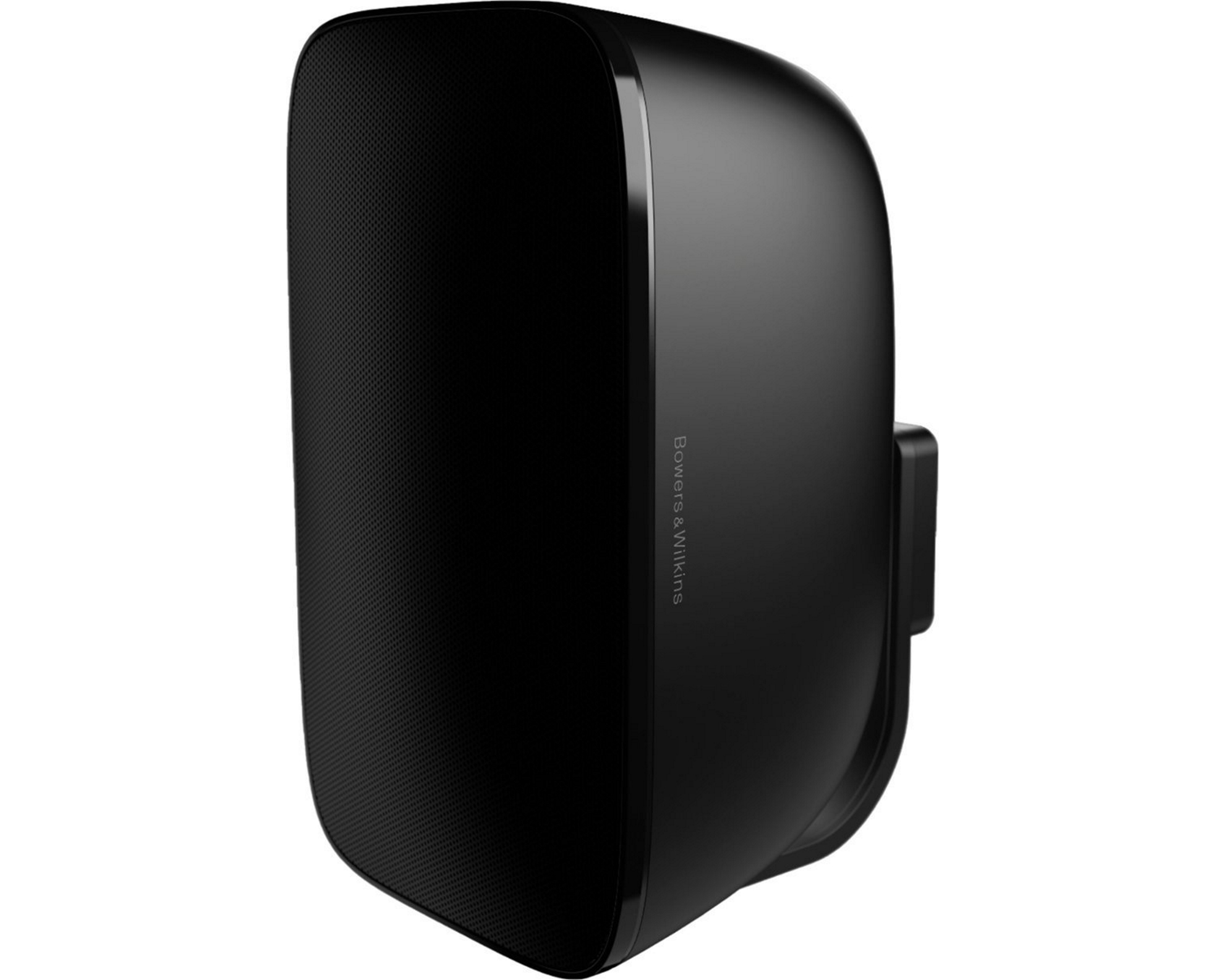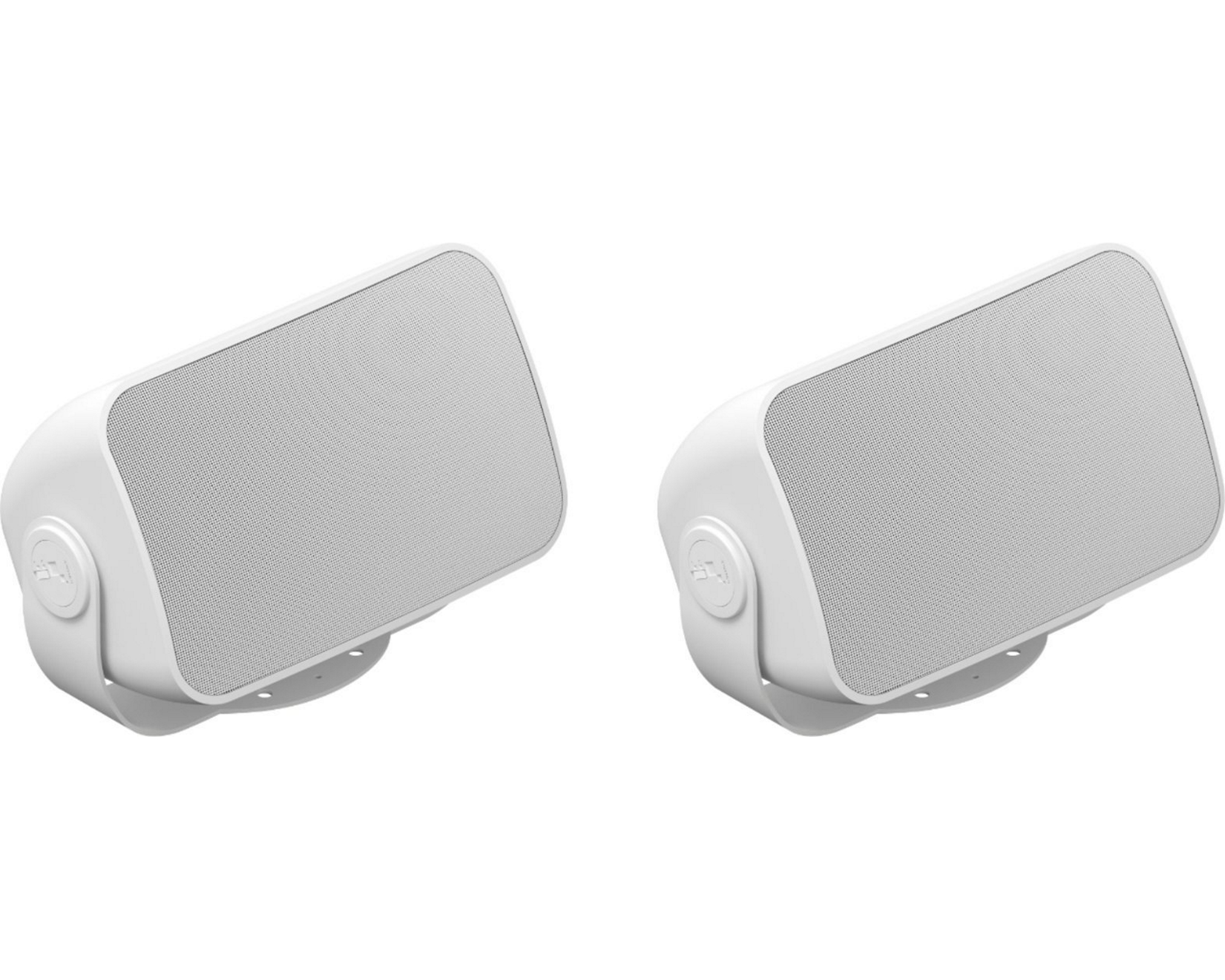How far apart should outdoor speakers be placed? Don't risk getting it wrong if you want the best experience
We look at the best ways to ensure your outdoor speaker system creates clear, immersive sound
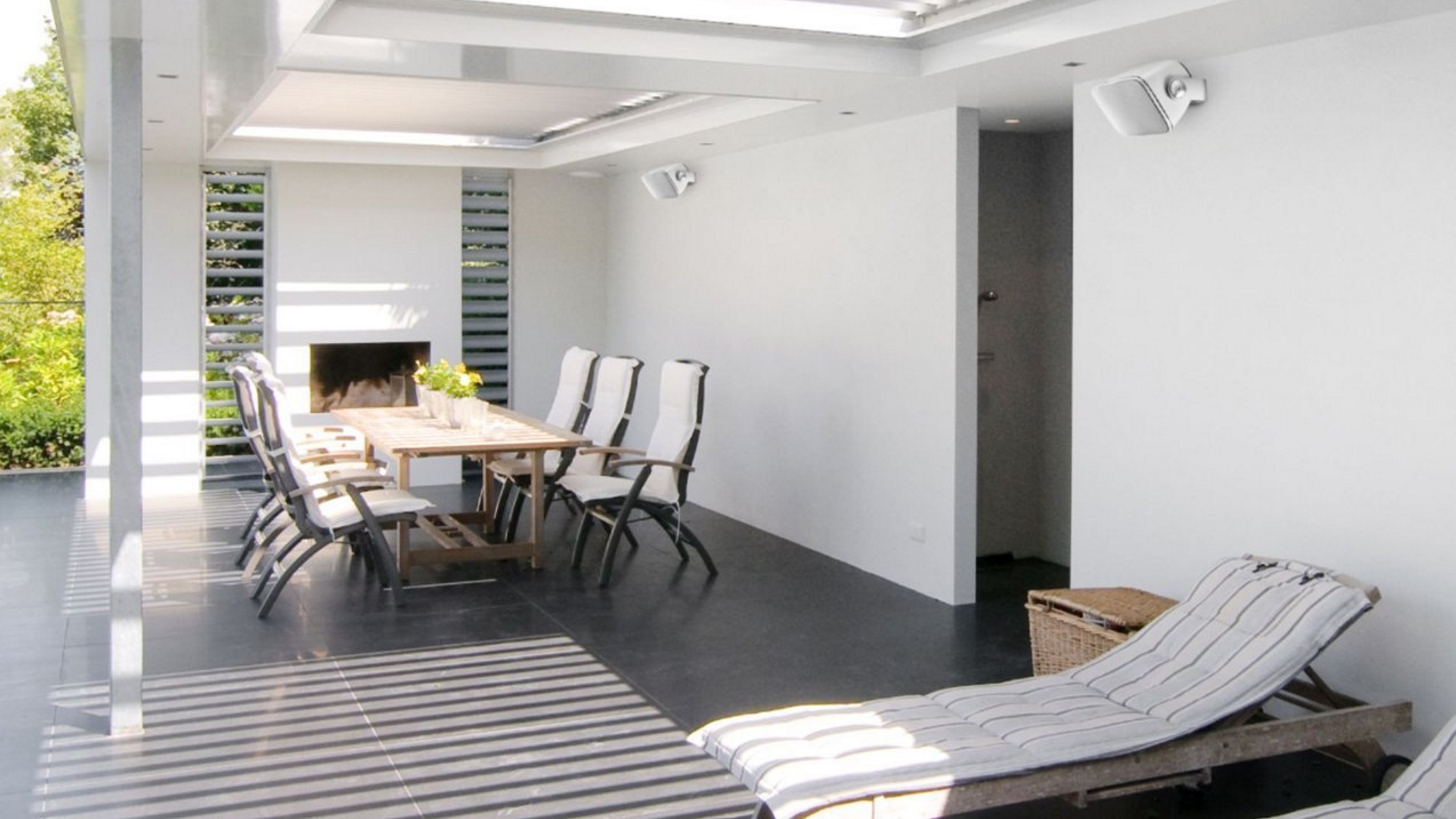
Installing an outdoor speaker system in your backyard seems relatively simple, especially if you have experience with indoor home theater systems. And yes, they are a fairly easy way to add value and luxury to your outdoor space, whether you plan to use them occasionally whenever company's over or for solo listening on a relaxed Sunday afternoon.
But there are some minor technical considerations before you can sit back and enjoy. First, once you have chosen your speakers, you must find the best placement for them or risk lackluster or distorted sound from your brand-new investment. Too close or too far apart - you won't get the impact you wanted.
In this guide, we will cover the steps to finding the ideal placement for your speakers, depending on the size of your space, how powerful your devices are, and how many speakers you are dealing with. So keep reading for a fool-proof exploration of the critical questions you will be asking, and head to our best outdoor speakers guide for more inspiration.
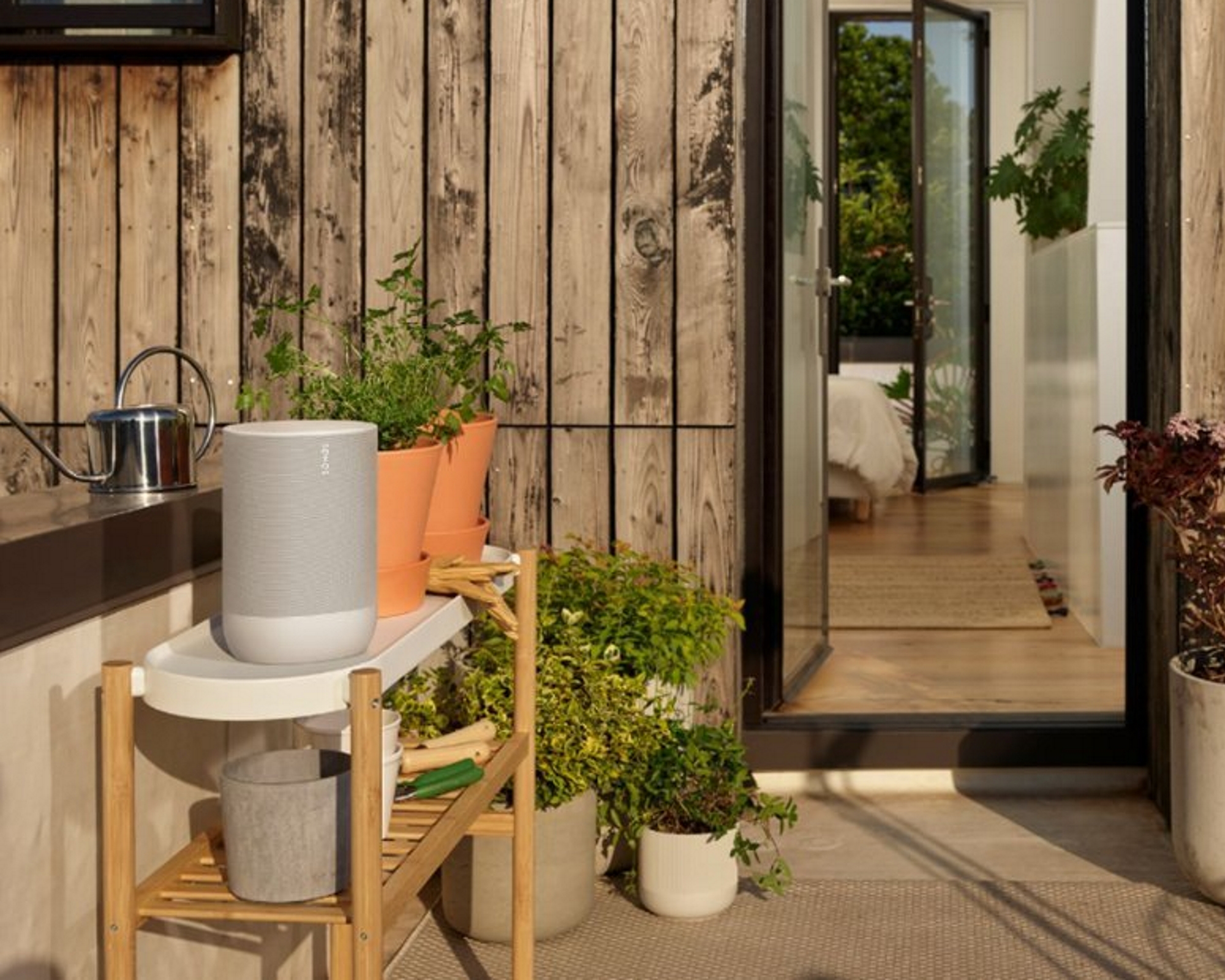
How many speakers do you need?
First, you need to ask how many speakers would make sense in your outdoor space. While those with a large backyard might need a complete surround sound system, those with more compact spaces could have a great experience with just two speakers strategically placed.
We explore how different placements impact sound below, but you also need to consider whether you need extra components like a subwoofer and AV receiver. Of course, many sets will come with everything you need, but if you're keen on taking a more DIY approach, you may need to purchase different elements seperately.
Subwoofers are an excellent way of boosting sound and adding depth, especially in spaces that don't have a lot of objects or walls for sound to bounce off of. AV receivers will be needed if you use passive speakers, though active speakers already have a built-in amplifier, so it's essential to know which category you fit in.
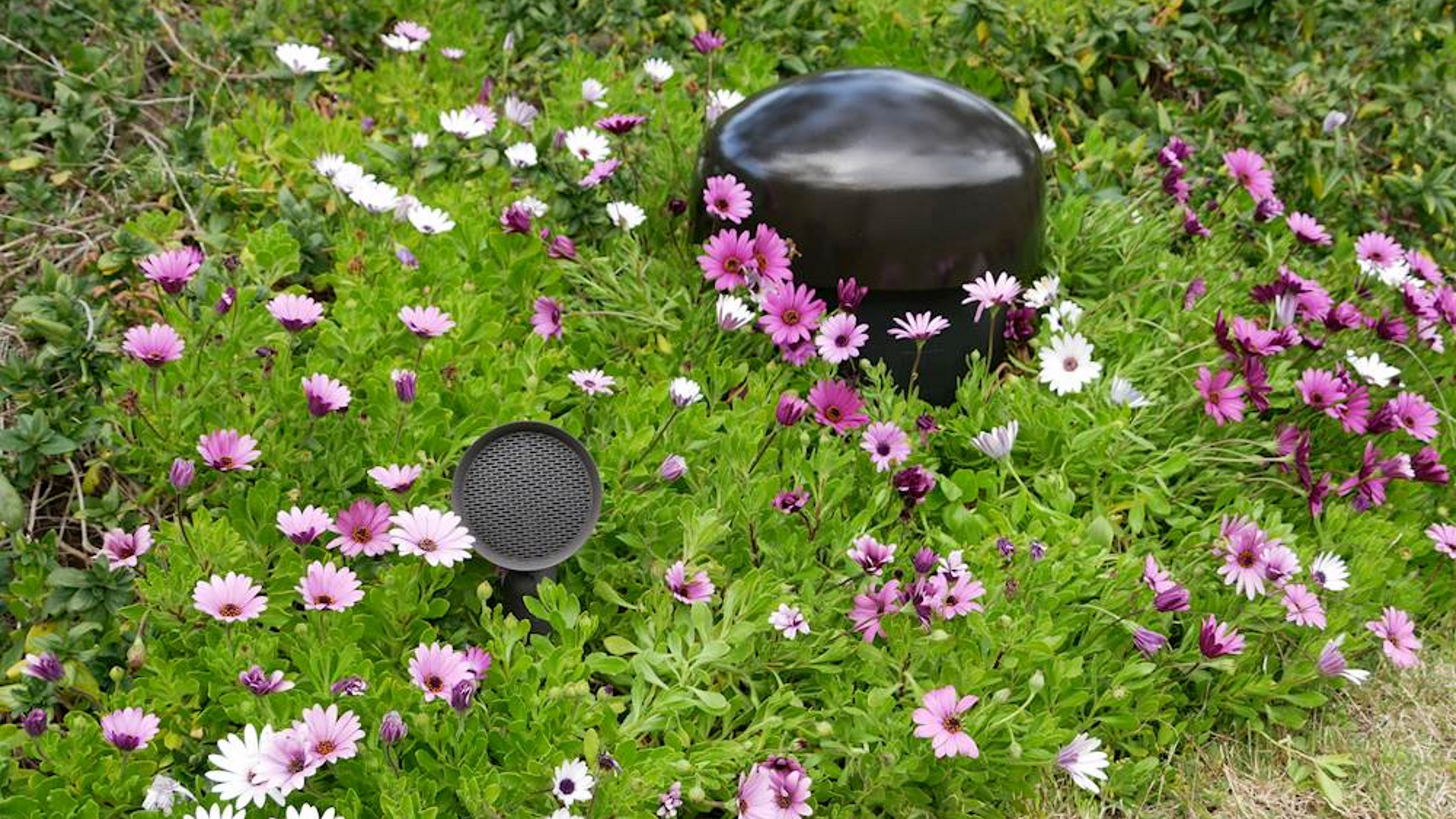
How do you want your outdoor system to sound?
The most important thing to consider is what kind of experience you want your outdoor speaker system to create. Do you often spend weekends in the backyard with friends and family and want something to create fun background noise? Or are you a true audiophile who wants an immersive sound that can be truly listened to? The type of system you need will vary.
Placing speakers further apart will create a more complex sound, as each component can be heard fully. On the other hand, audio from speakers put closer together will naturally sound more blended, which is suitable for general listening or playing music during garden get-togethers.
Generally speaking, outdoor speakers should be placed between 8-12 ft apart to avoid distortion and get the best sound. Within this range, you can choose whether your speakers will be closer together (for a blended sound) or further apart (for more distinct audio zones).
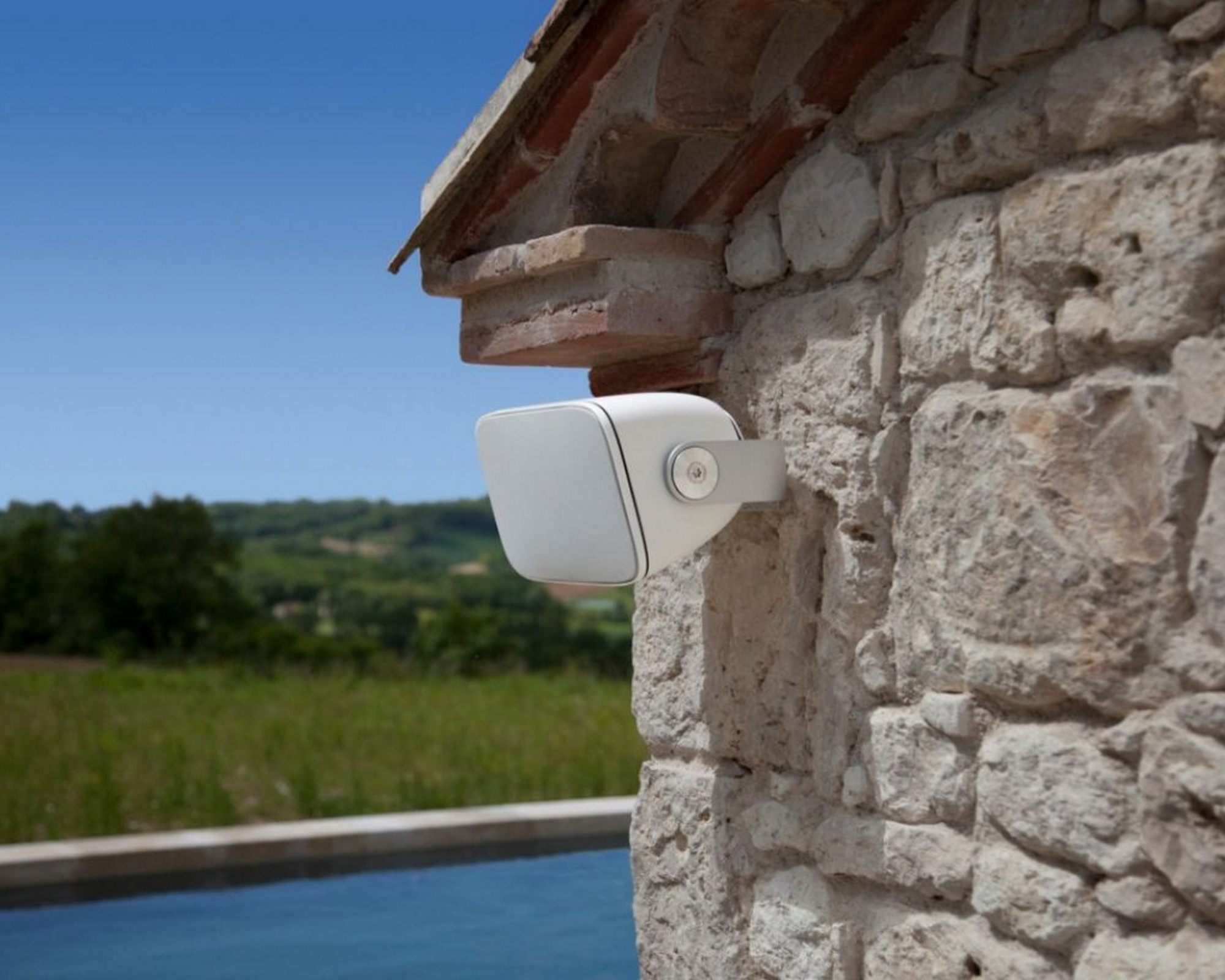
What can cause distortion from outdoor speakers?
Placing speakers too far away from one another can cause its own problems, but putting them too close can cause distortion and interference.
You can do a few things to avoid this, from ensuring your speakers aren't too loud to checking wired and wireless connections between components, including any subwoofers or AV receivers you use. Mismatched parts that are incompatible with one another can also impact sound quality.
Even the weather can impact how your speakers sound - if you're having problems, ensure your speakers aren't getting too hot, or their environment isn't too humid.
But speaker placement also contributes to potential interference caused by similar frequencies being emitted in close proximity to one another. This can make audio sound muffled, distorted, and generally unclear, so always ensure your speakers are in the 8-12 ft range.
Be The First To Know
The Livingetc newsletters are your inside source for what’s shaping interiors now - and what’s next. Discover trend forecasts, smart style ideas, and curated shopping inspiration that brings design to life. Subscribe today and stay ahead of the curve.
Caroline was formerly smart home ecommerce editor for Livingetc, covering everything tech for the home, from smart speakers to air purifiers and everything in between. She is passionate about technology and smart devices and their role in daily life, enhancing the home without sacrificing personal style and carefully chosen interiors. In her spare time, she can be found tinkering with bulbs, soundbars, and video doorbells in an effort to automate every part of her small home. Previously, she lent her expertise to the likes of Expert Reviews, IT Pro, Coach, The Week, and more.
-
 My 10 Favorite Designs at Milan Design Week 2025 — Out of the Hundreds of Pieces I Saw
My 10 Favorite Designs at Milan Design Week 2025 — Out of the Hundreds of Pieces I SawThere is a new elegance, color, and shape being shown in Milan this week, and these are the pieces that caught my eye
By Pip Rich
-
 Iridescence Is Chrome’s More Playful, Hard-to-Define Cousin — And You're About to See It Everywhere
Iridescence Is Chrome’s More Playful, Hard-to-Define Cousin — And You're About to See It EverywhereThis kinetic finish signals a broader shift toward surfaces that move, shimmer, and surprise. Here's where to find it now
By Julia Demer
-
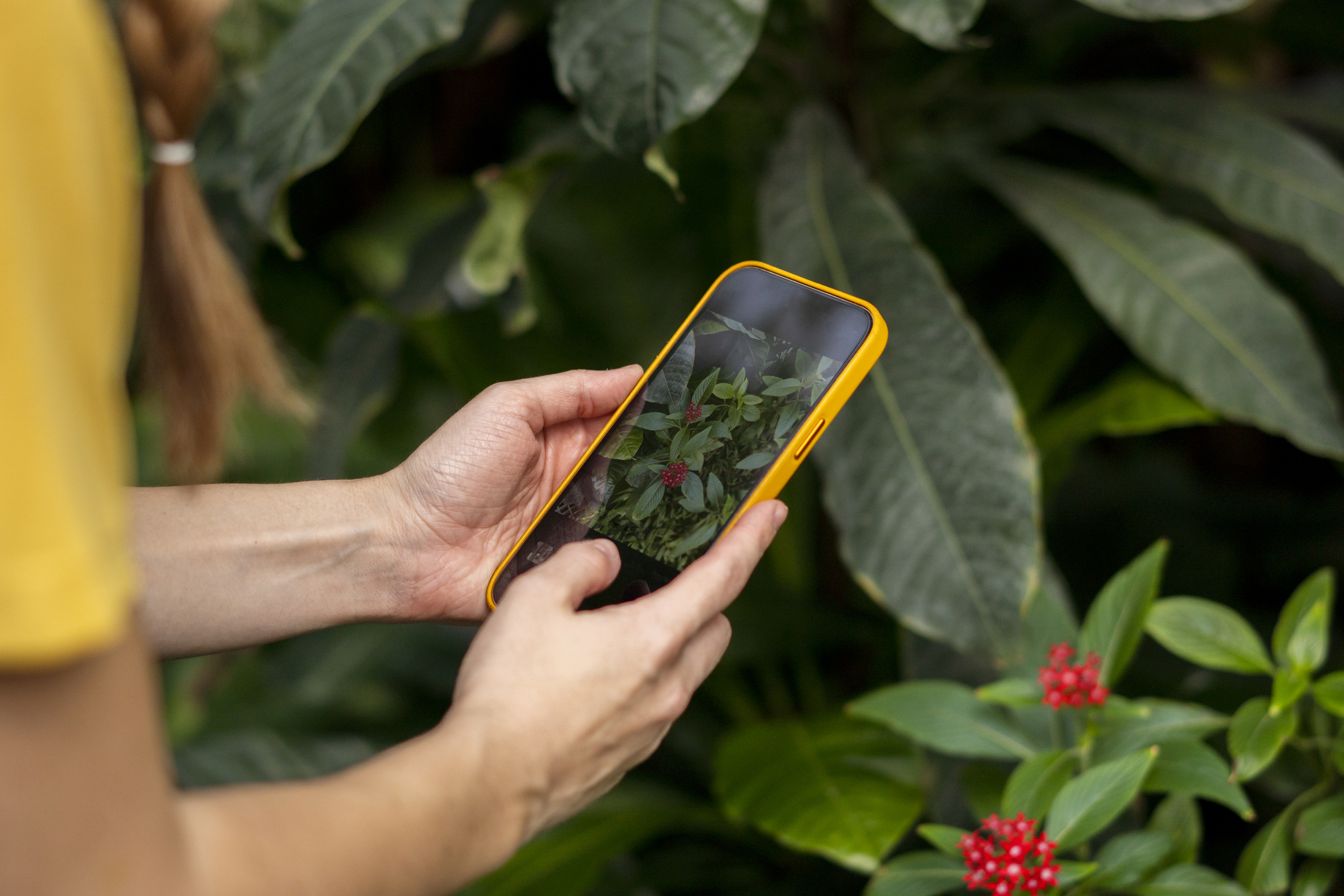 Your iPhone has a free built-in plant identifier you probably didn't know about – it might be Apple's best secret feature
Your iPhone has a free built-in plant identifier you probably didn't know about – it might be Apple's best secret featureAdvice Gardening can be difficult if you don't know what you're dealing with, but this free iPhone feature does half the work for you
By Lilith Hudson
-
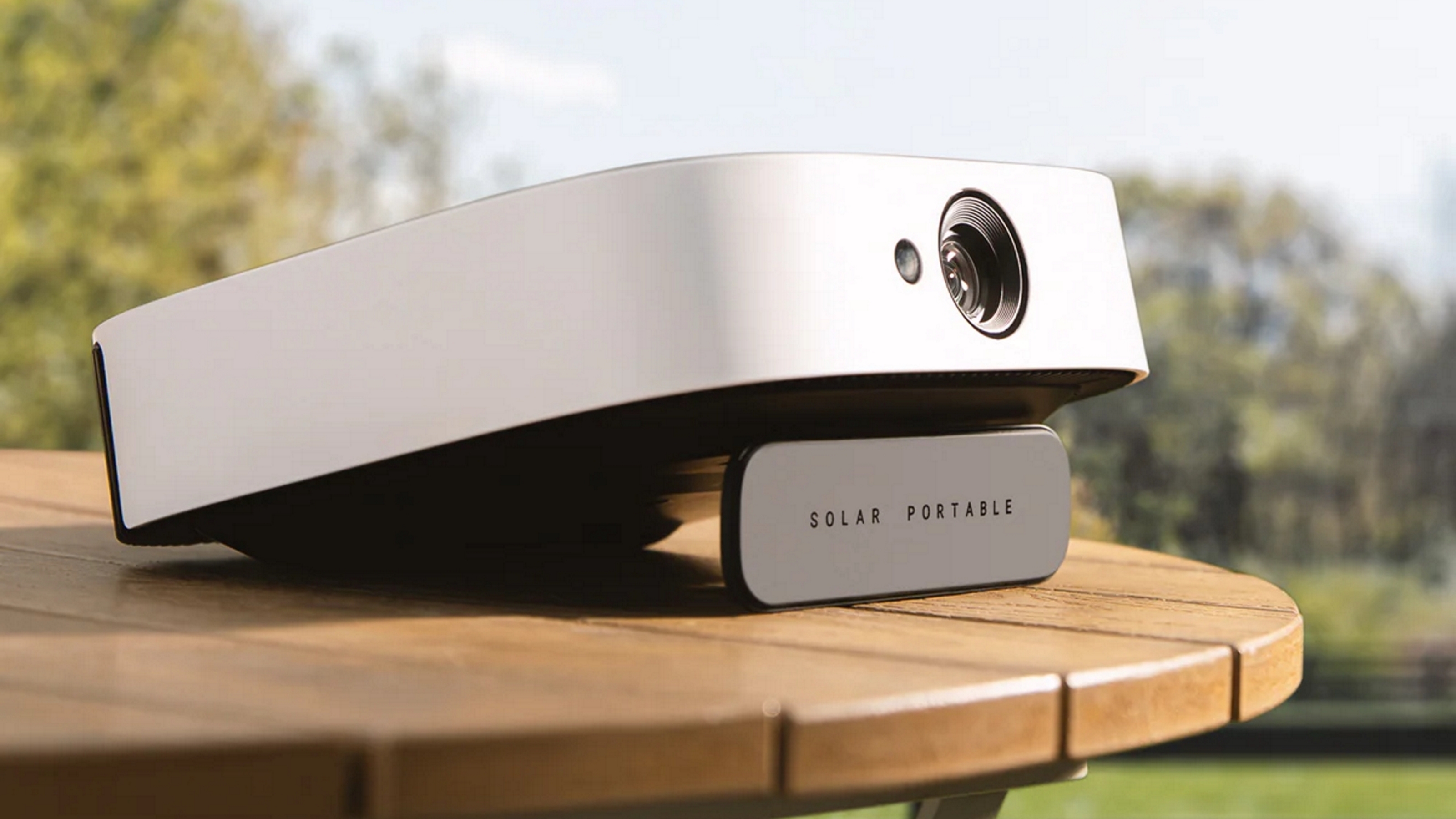 We tried the Nebular Solar Portable Projector, and you're all invited to ours for movie night
We tried the Nebular Solar Portable Projector, and you're all invited to ours for movie nightWe tested the Nebula Solar Portable to see if it could deliver on the promise of an instant Full HD cinematic experience from anywhere
By Caroline Preece
-
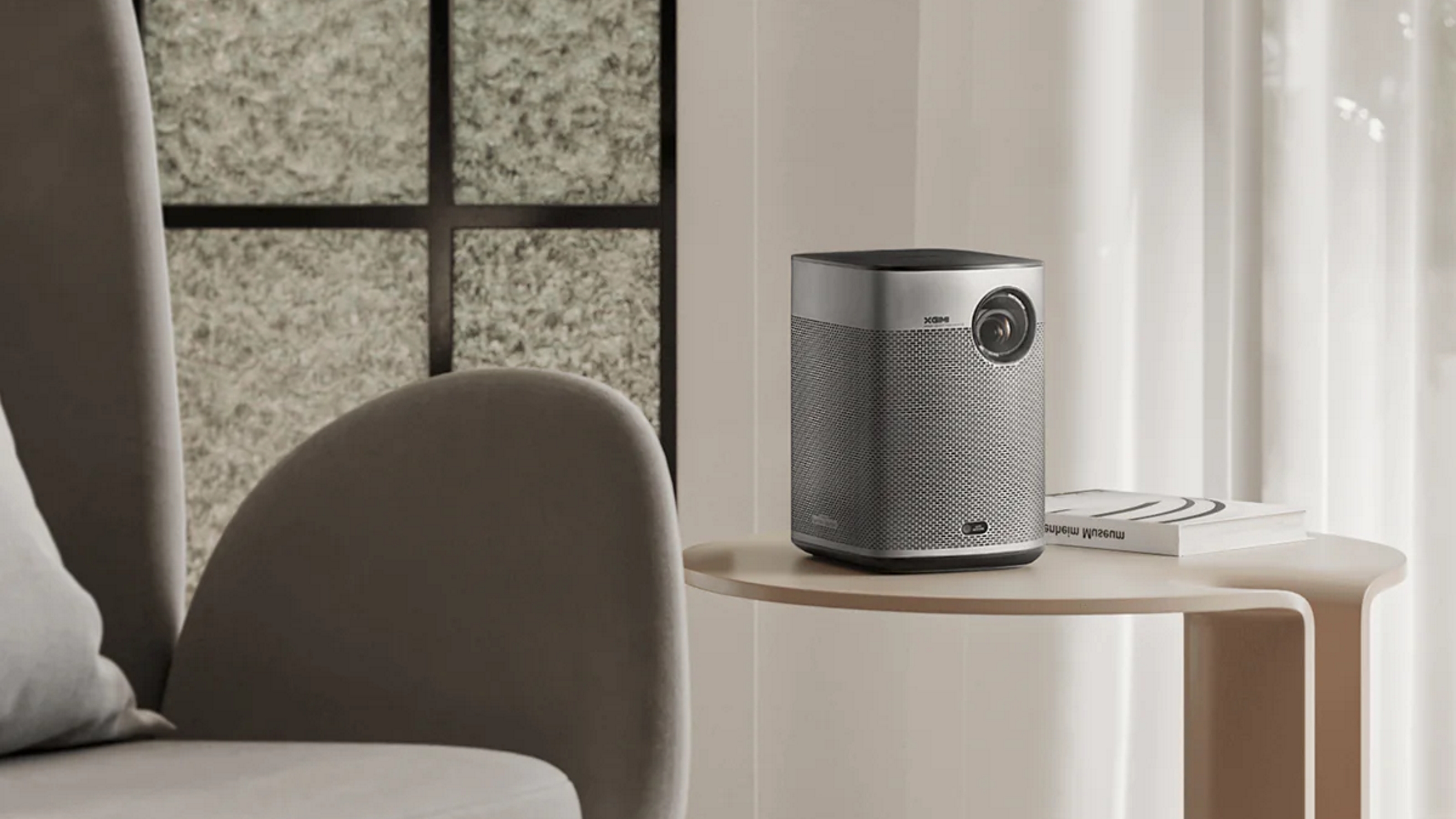 The XGIMI Halo+ is a clever portable projector that's as good for indoor streaming sessions as it is for your next outdoor movie night
The XGIMI Halo+ is a clever portable projector that's as good for indoor streaming sessions as it is for your next outdoor movie nightWe test the XGIMI Halo+, which promises an enhanced experience compared to many battery-powered options
By Caroline Preece
-
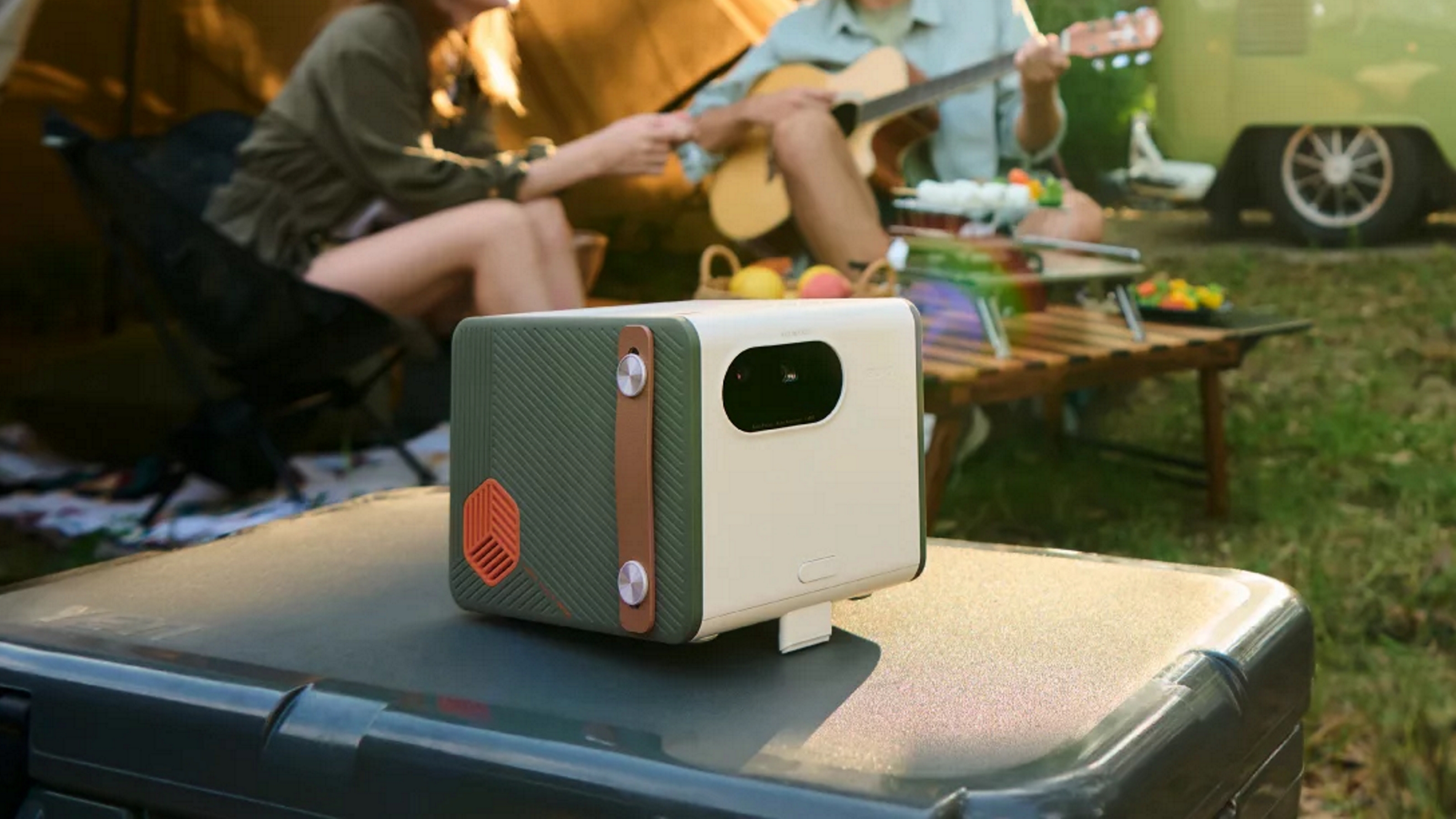 The BenQ GS50 is a clever green box with an entire outdoor cinema inside
The BenQ GS50 is a clever green box with an entire outdoor cinema insideWe test the BenQ GS50, an outdoor projector that promises great audio and image quality for your backyard movie nights
By Caroline Preece
-
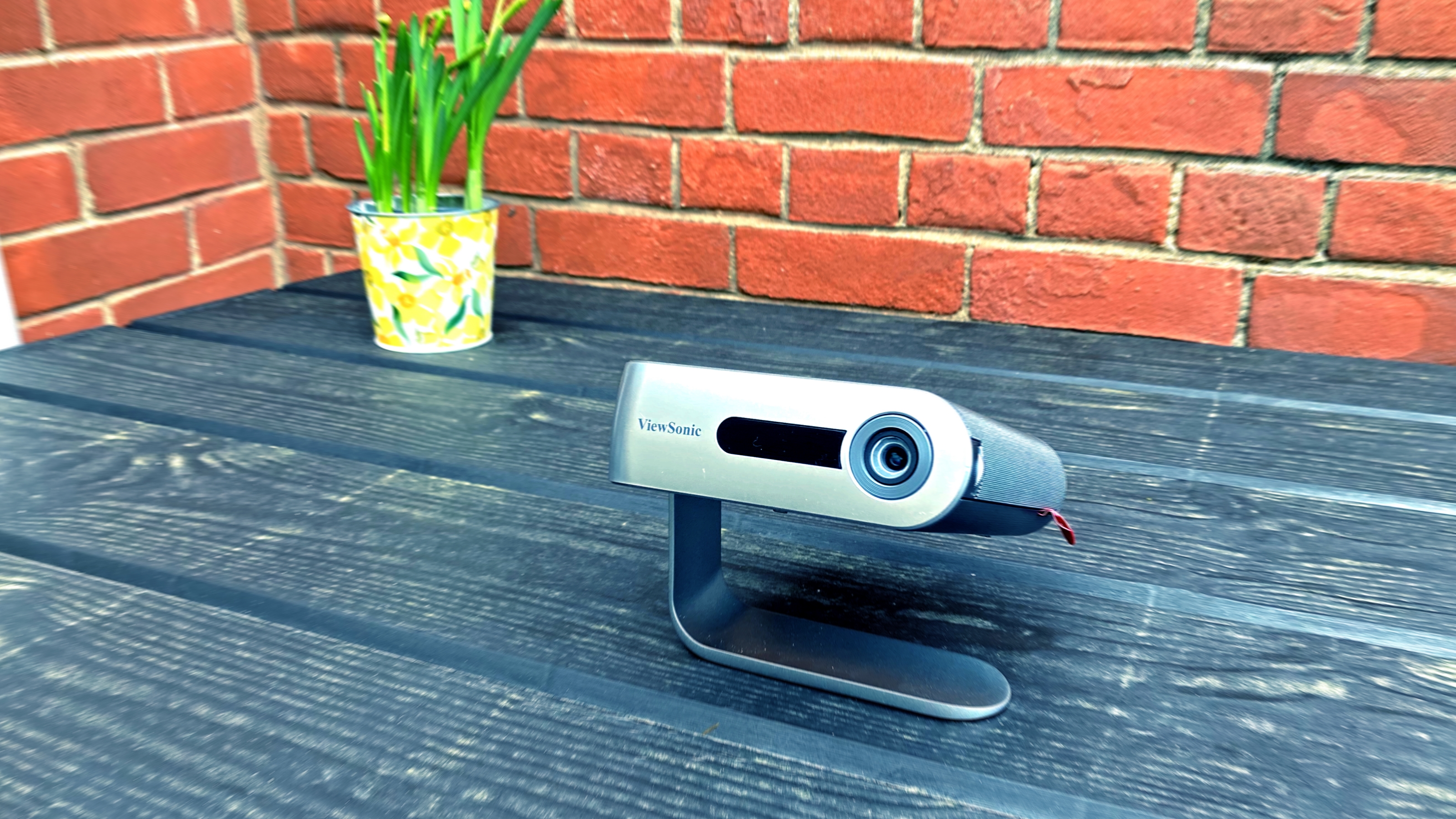 ViewSonic M1+ review - a capable outdoor projector lacking in smarts
ViewSonic M1+ review - a capable outdoor projector lacking in smartsA great way to blow up those movies, shows and videos up on the big screen, we put the ViewSonic M1+ to the test
By Caroline Preece
-
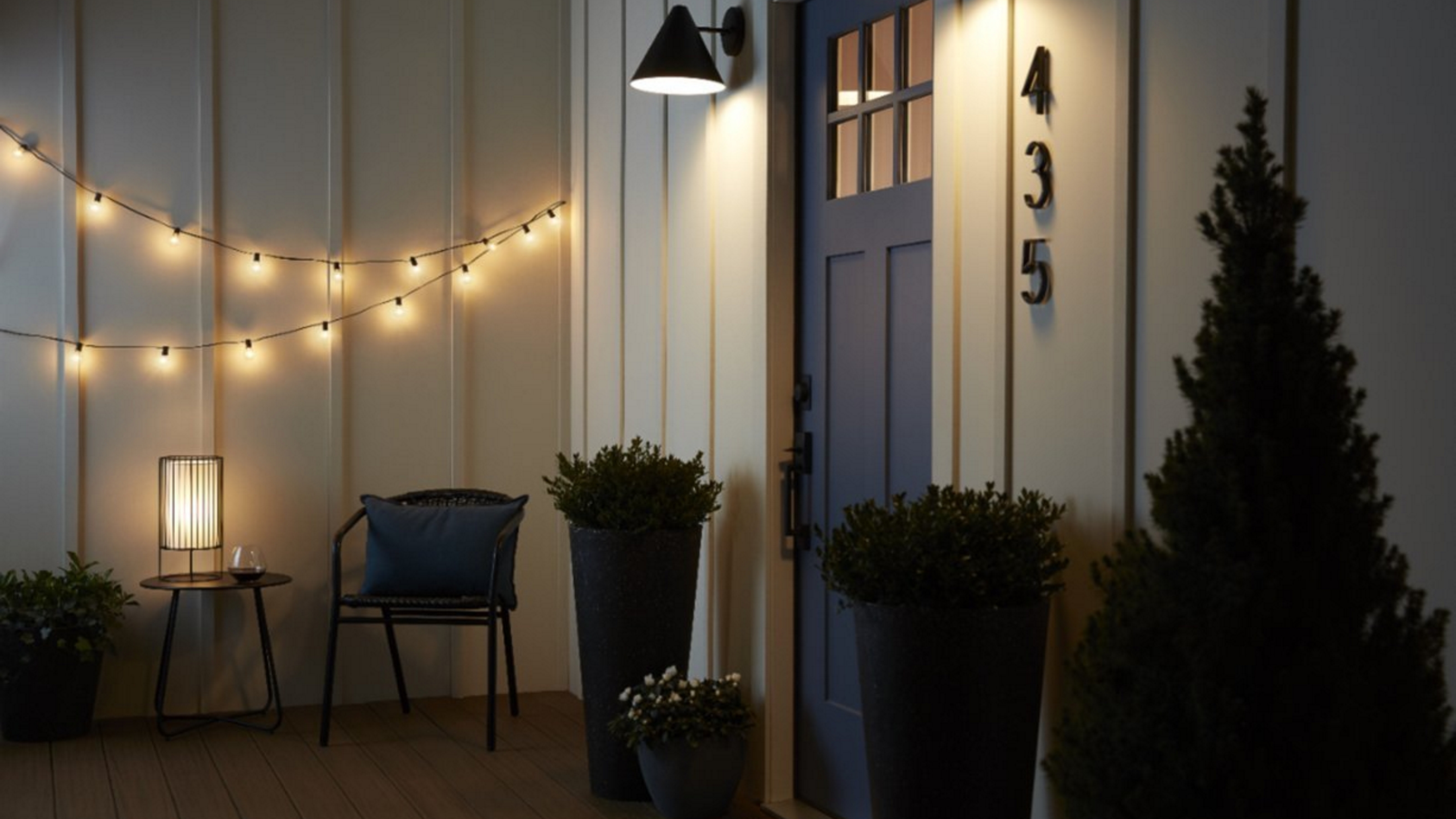 8 genius uses for outdoor smart plugs that will make your backyard just as clever as your home
8 genius uses for outdoor smart plugs that will make your backyard just as clever as your homeEver wish your garden could take care of itself? Outdoor smart plugs make that, and more, possible
By Caroline Preece
-
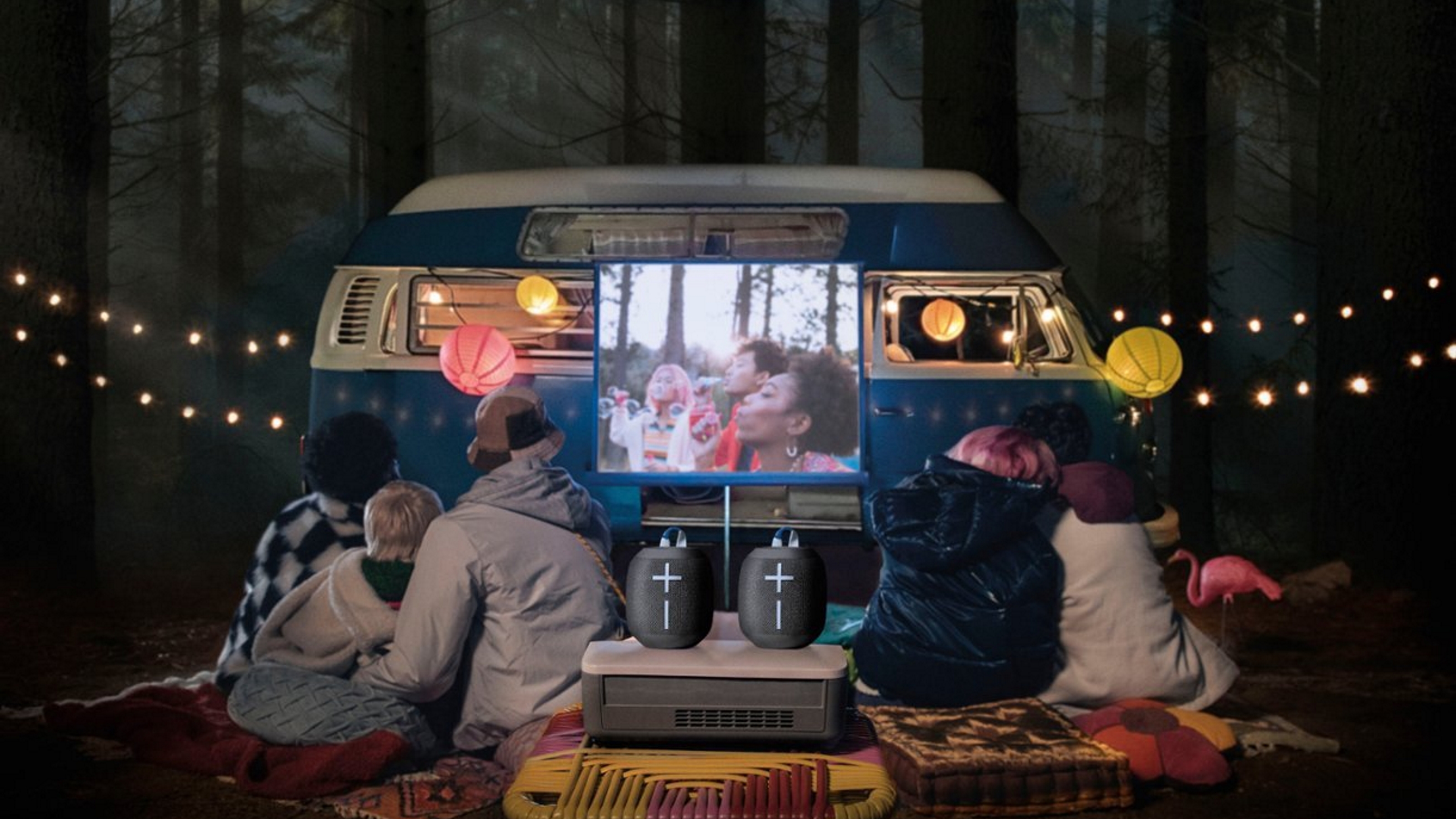 These speakers could be the key to making your next outdoor movie night extra-special
These speakers could be the key to making your next outdoor movie night extra-specialEnsure the sound at your screening is as good as the visuals with these speakers for your outdoor projector
By Caroline Preece
-
 How bright should your outdoor projector be? This key advice will elevate your next movie night
How bright should your outdoor projector be? This key advice will elevate your next movie nightNot sure how bright your projector needs to be? Whether you're going for a cozy movie night or a summer blowout, we have the answer
By Caroline Preece
